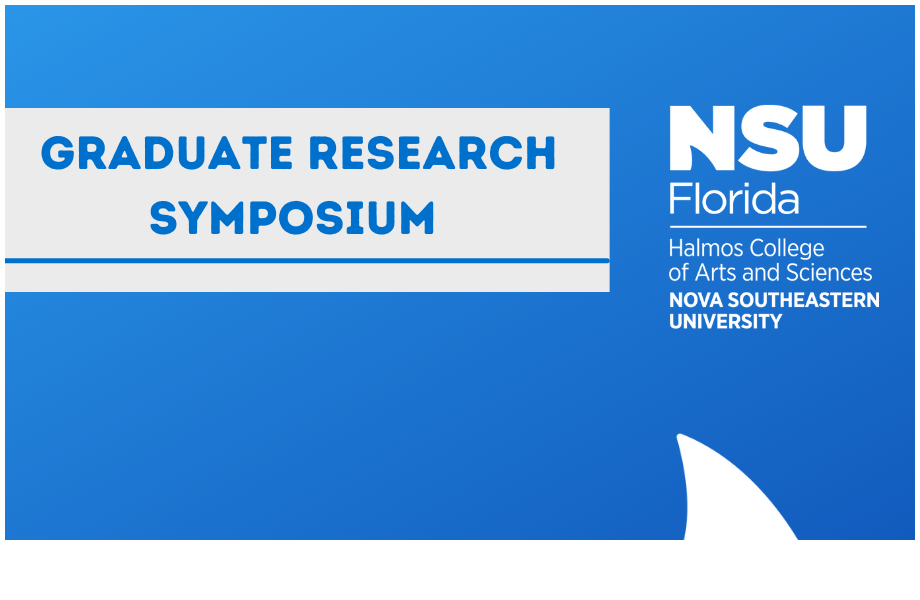Assessment of the Benthesicymidae Assemblage in the Northern Gulf of Mexico
Abstract
The Benthesicymidae are vertically migrating micronekton that are abundant throughout the water column in the northern Gulf of Mexico, contributing ~21% of the overall micronekton crustacean biomass, second only to the Oplophoridae. Feeding at the base of the food web, Benthesicymidae are important sources of carbon transport to higher trophic levels including commercially important fishery species. This study provides the first quantitative data on the Benthesicymidae assemblage in terms of biomass, abundance and species richness in the vicinity of the Deepwater Horizon Oil Spill (DWHOS). Samples were analyzed from collections that occurred one-year post DWHOS and five to seven-years post-spill. As there are no baseline data from this region before the oil spill, significant changes between the 2011 and 2015-2017 samples may be indicative of an impact the spill poses on this assemblage. Due to the potential impact of seasonality and the presence of the Loop Current, analyses were conducted separately for spring and late summer samples, as well as restricted to common water stations. Preliminary analyses indicate a notable decrease has occurred in abundance and biomass of this family.
Assessment of the Benthesicymidae Assemblage in the Northern Gulf of Mexico
Guy Harvey Oceanographic Center Facility
The Benthesicymidae are vertically migrating micronekton that are abundant throughout the water column in the northern Gulf of Mexico, contributing ~21% of the overall micronekton crustacean biomass, second only to the Oplophoridae. Feeding at the base of the food web, Benthesicymidae are important sources of carbon transport to higher trophic levels including commercially important fishery species. This study provides the first quantitative data on the Benthesicymidae assemblage in terms of biomass, abundance and species richness in the vicinity of the Deepwater Horizon Oil Spill (DWHOS). Samples were analyzed from collections that occurred one-year post DWHOS and five to seven-years post-spill. As there are no baseline data from this region before the oil spill, significant changes between the 2011 and 2015-2017 samples may be indicative of an impact the spill poses on this assemblage. Due to the potential impact of seasonality and the presence of the Loop Current, analyses were conducted separately for spring and late summer samples, as well as restricted to common water stations. Preliminary analyses indicate a notable decrease has occurred in abundance and biomass of this family.


